New Year’s Resolutions for Your Home
Easy tasks that will make you happier, healthier and even wealthier!
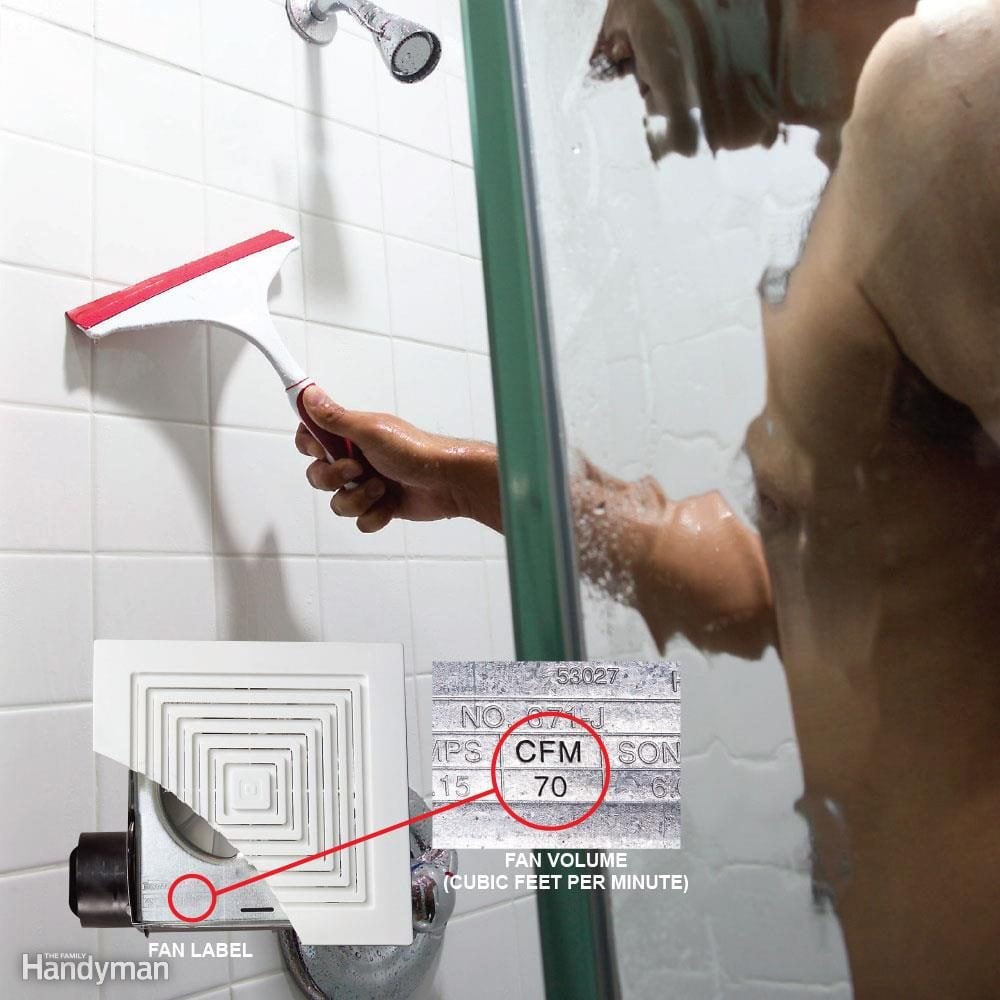
Prevent Bathroom Mold
No matter where you live, the high moisture level in your bathroom can cause mold and mildew. Eliminating bathroom dampness is the key to keeping mold from growing. To do that, follow these steps:
First, after a bath or a shower, squeegee water off the shower walls. That eliminates at least three-fourths of the moisture that supports mold and mildew growth.
Second, run your bath fans during your bath or shower and for a half-hour after to flush out moisture. Or add a timer switch to make this step automatic.
Third, if you have tile, seal the grout lines annually with a standard grout sealer to waterproof them.
To get rid of the current mold, scrub with detergent and water, then let the surface dry completely. Or use a solution of 10 percent bleach and 90 percent water (a stronger bleach solution will not give better results). Spray or brush on the solution, let it sit 10 minutes, then rinse it off and let dry.
If the fans aren’t clearing out most of the moisture in your bathrooms after five to 10 minutes, your fans may not be moving enough air. Fans are certified by the volume (cfm, or cubic feet per minute) of air ‘exhausted’ out of the room. To find the recommended fan capacity for your bathroom, simply multiply the bathroom square footage by 1.1 (assuming an 8-ft. ceiling; for a 9-ft. ceiling, multiply by 1.5).
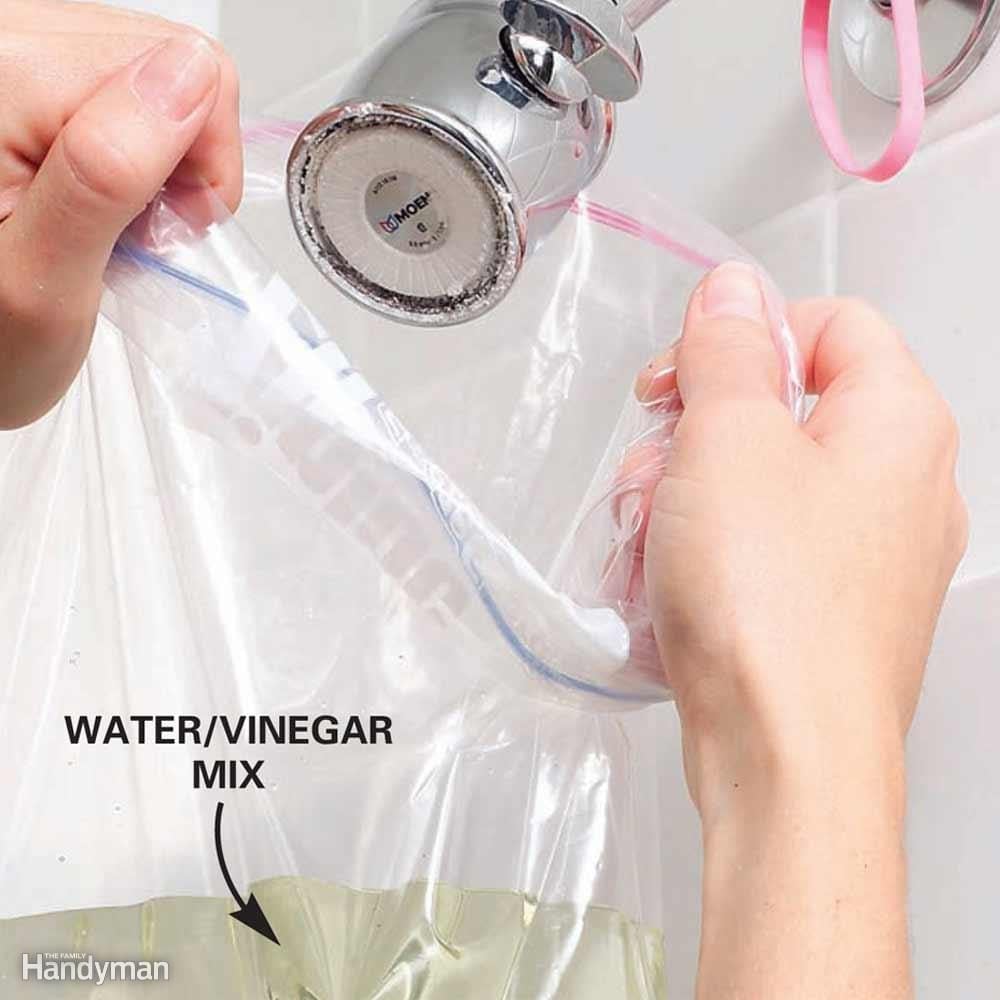
Restore Free Flow to Your Showerhead
If the flow from your showerhead is growing weaker, the cause is probably mineral buildup. Many manufacturers recommend that you remove the showerhead and soak it in a half-and-half mixture of warm water and vinegar (any type). But there’s really no need to remove the head. Just pour the mix into a heavy-duty plastic bag and attach it to the shower arm with a rubber band. The acid in the vinegar dissolves minerals, but prolonged contact can harm some plastics and metal finishes, so remove the bag every 15 minutes and check the shower flow.
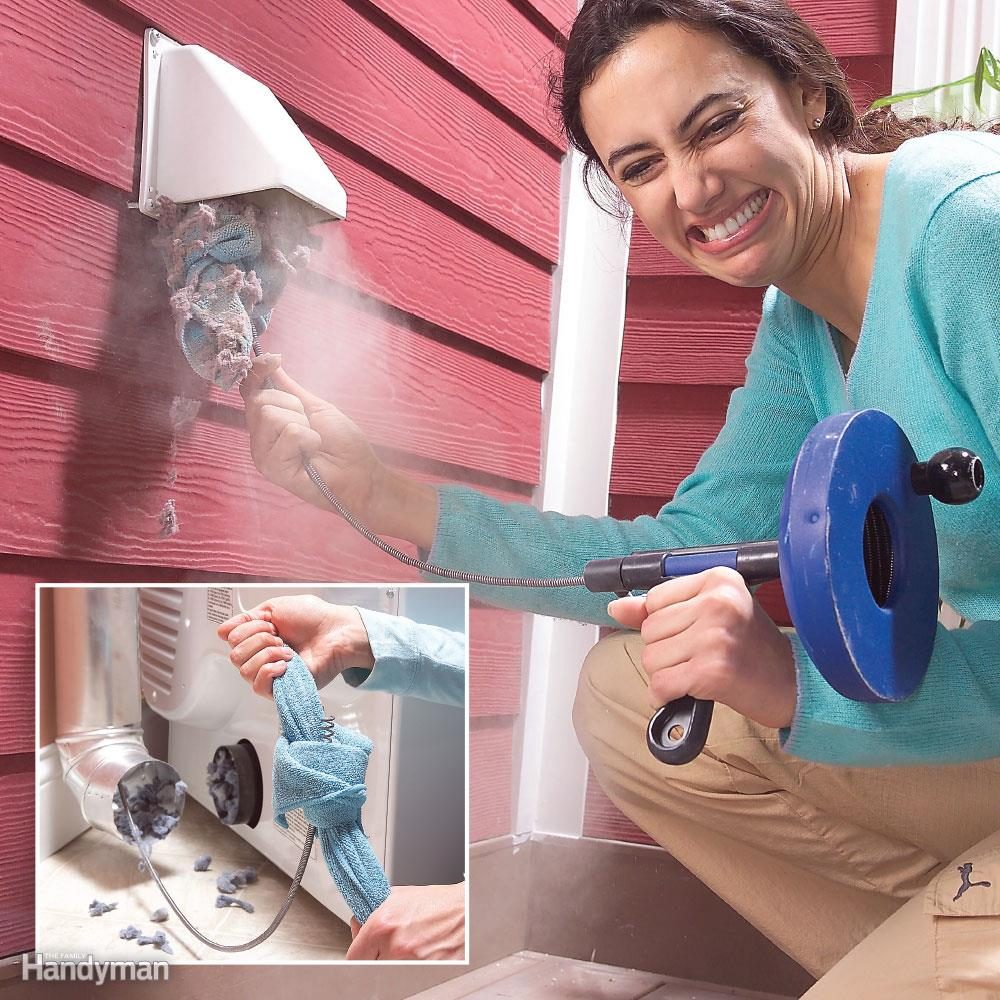
Clean Out Dryer Lint
If you notice that it takes longer than normal for loads to dry in your clothes dryer, it may be time to clean out the vent. First detach the duct from behind the unit and then push a plumbing snake through your dryer vent from outside. Tie a rag securely to the snake end. Pull the cloth and snake through a couple of times and your clean vent will not only save energy but possibly prevent a fire as well.
If you discover that your dryer vent cover needs repair, this is how to fix it and this video shows you how to replace the vent it it’s in bad shape.
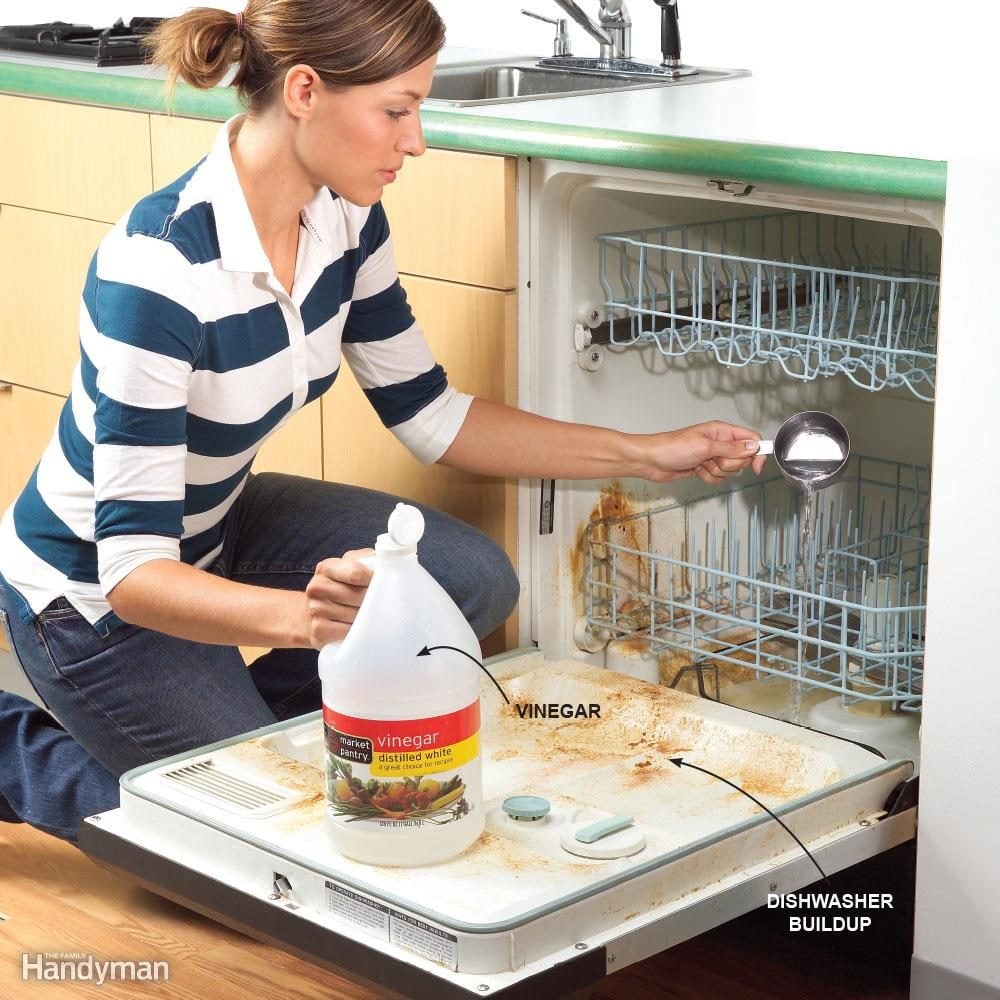
Sparkling Dishwasher
Add a cup of vinegar to your empty dishwasher and let it run a full cycle once a month or so. Your kitchen may smell a bit like a pickle jar for a few hours, but hard-water lime buildup will be rinsed away, making your spray arm and other dishwasher parts work flawlessly.
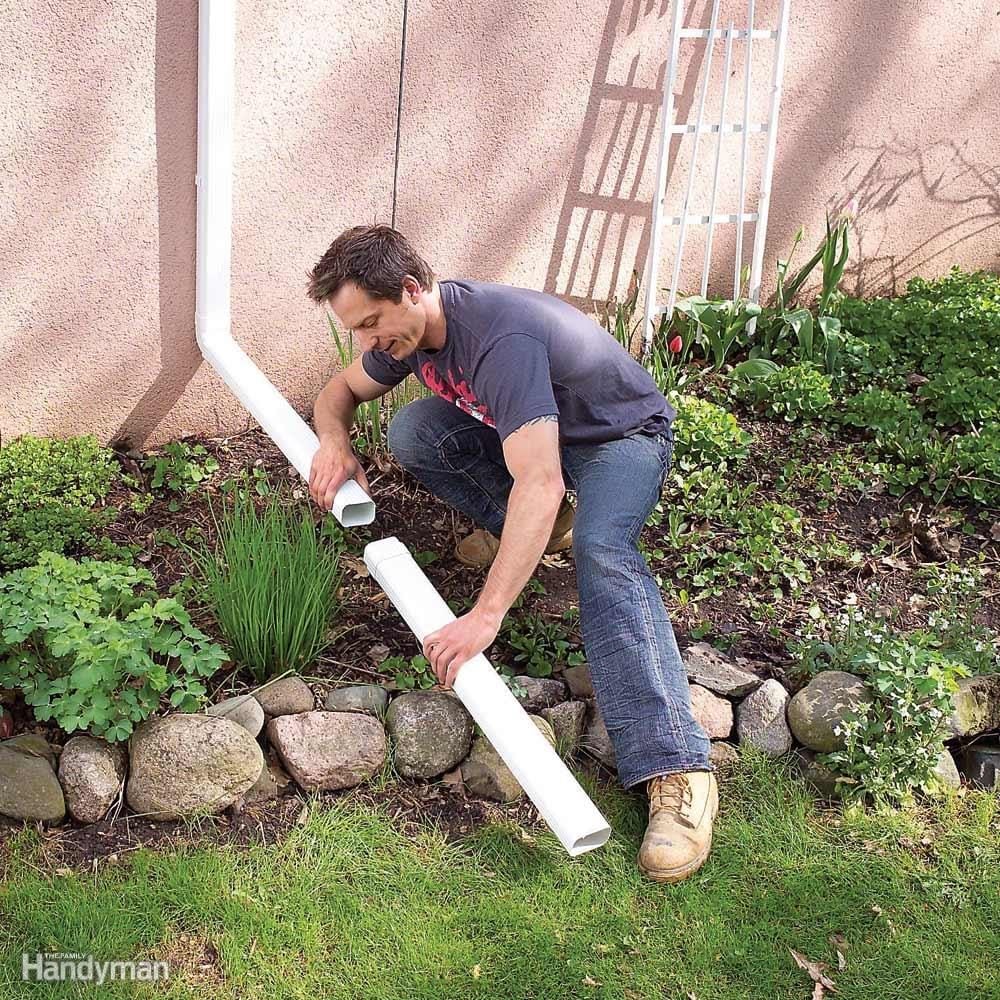
Check Your Gutters
A 1,000-sq.-ft. roof will shed about 620 gallons of water during a 1-in. rainfall, or about 103 gallons per downspout if you have six downspouts. That’s a lot of water dumped right next to your basement. Although it may seem obvious, clean and properly functioning seamless gutter systems with downspouts that empty away from the foundation are key to avoiding major and expensive home repairs, gutter cleaning is always a good idea.
So before you leave for a vacation, take a walk around the house and check your gutters. Check to see if leaves, sticks or other debris are blocking the inlet of the downspout and preventing water from flowing down the spout. In fact, you do not need to clean gutters by yourself. Learn about Gutter Guards Gettysburg and their services to solve all your problems with gutters. Also make sure your downspout extensions are discharging the water far enough from the foundation and that you always reattach them after you mow your lawn. You should try this company for house gutters repairs.
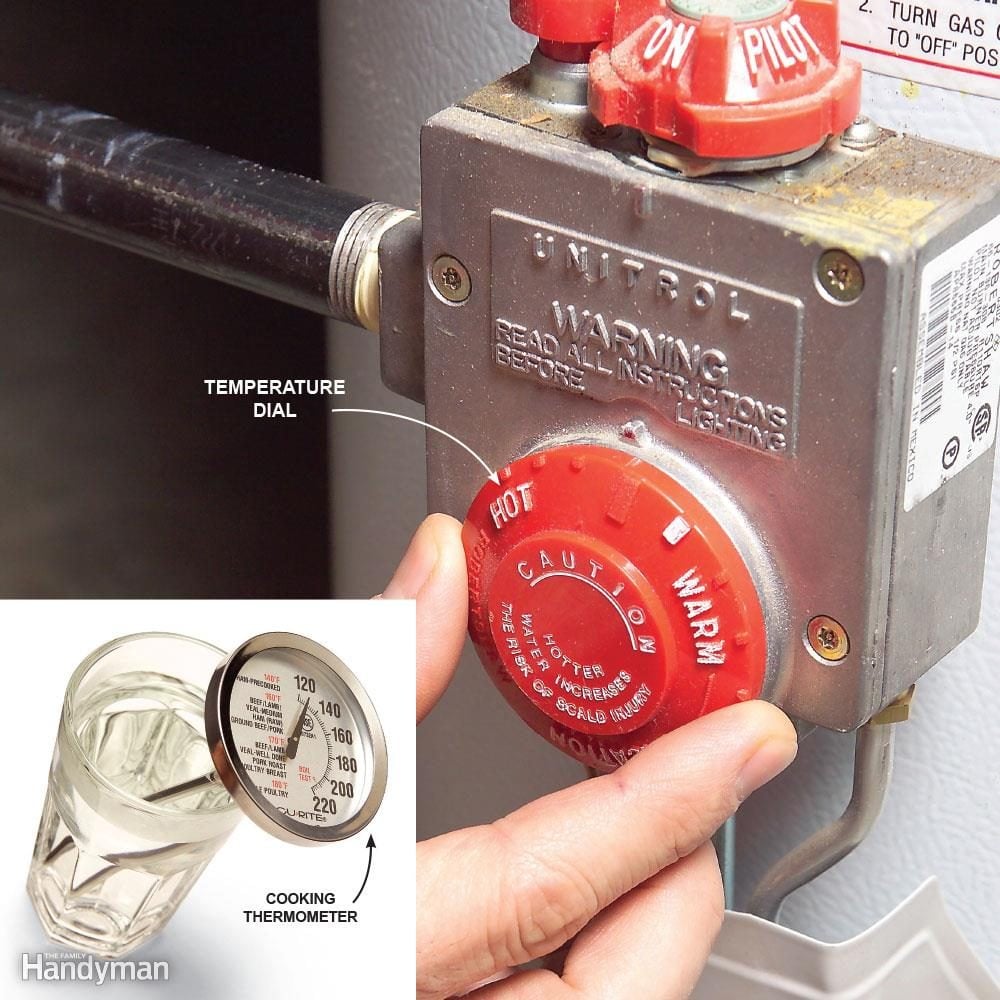
Avoid a Scalding by Setting Your Water Heater to 120 Degrees
Plain old tapwater can be dangerous. Water heaters set too high send thousands (mostly children) to hospitals each year with burns. Most safety experts recommend a setting of 120 degrees F. But finding that setting on the dial isn’t easy—most dials aren’t labeled with numbers.
If the stickers on the water heater don’t tell you how to set the temperature and you can’t find the owner’s manual, use this method: Run hot water at the tap closest to the water heater for at least three minutes. Then fill a glass and check the temperature. If the water is above 120 degrees, adjust the dial, wait about three hours and check again. Repeat until you get 120-degree water. For a final test, check the temperature the following morning, before anyone uses hot water.
read more…
https://www.familyhandyman.com/smart-homeowner/
